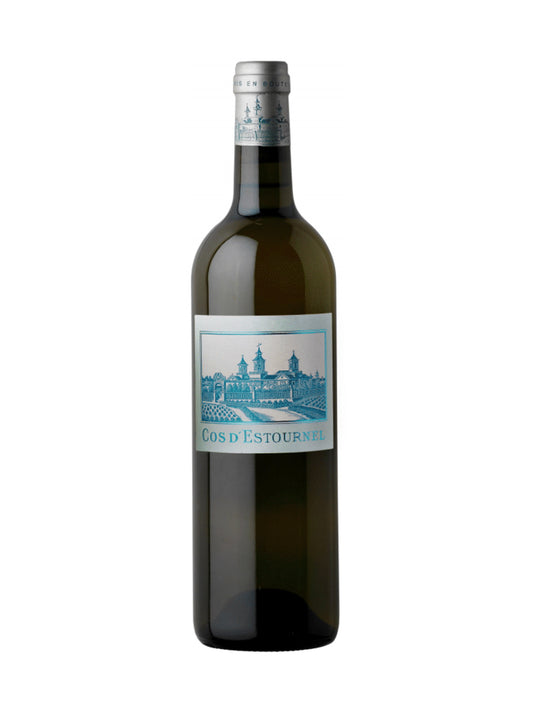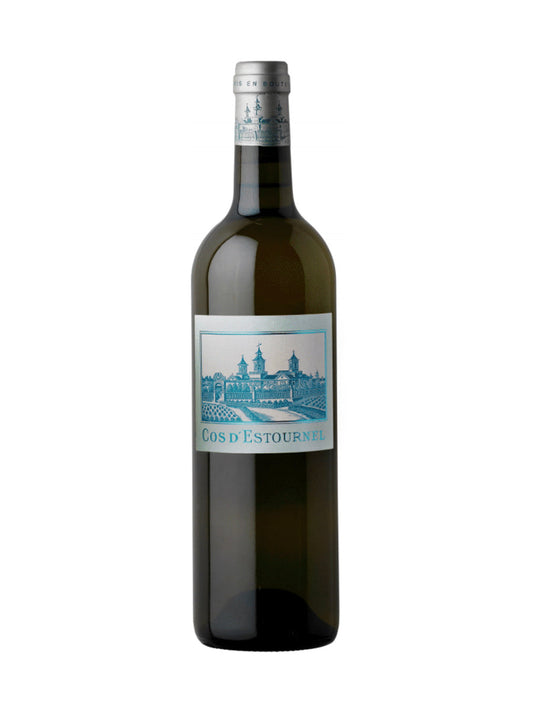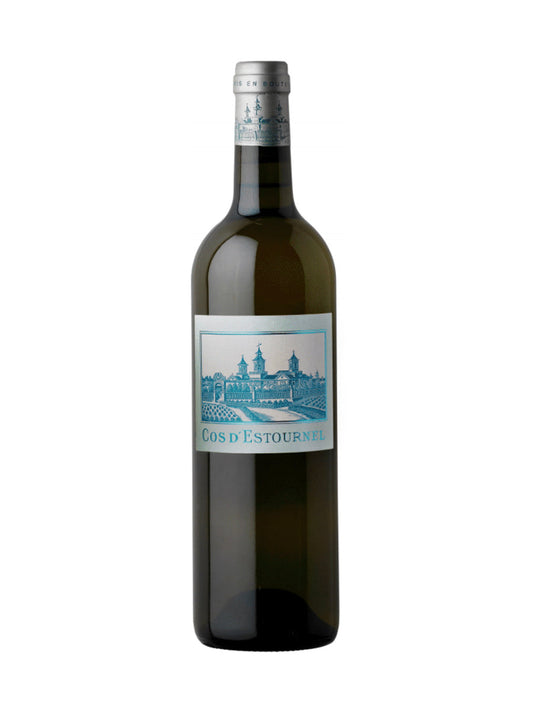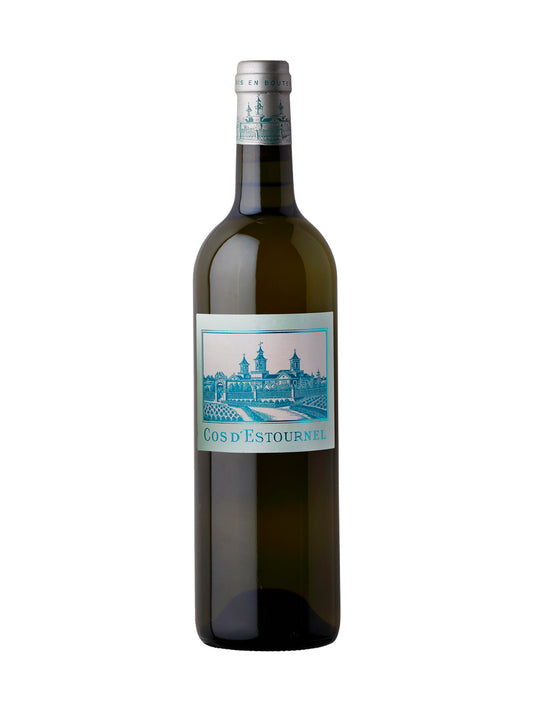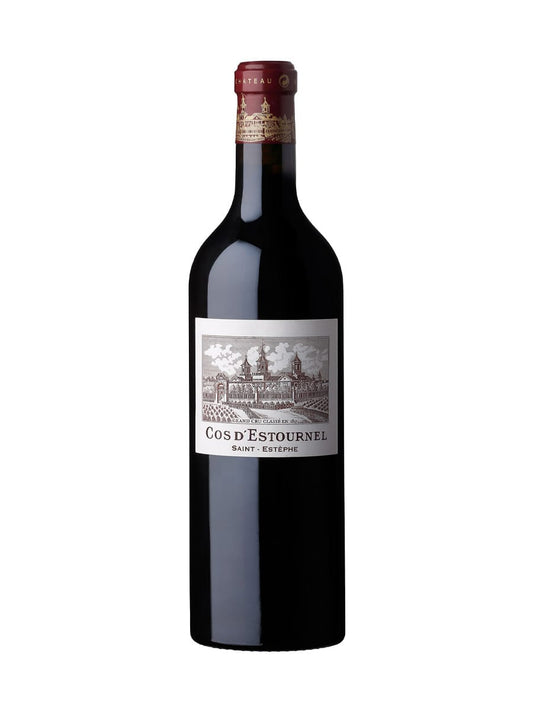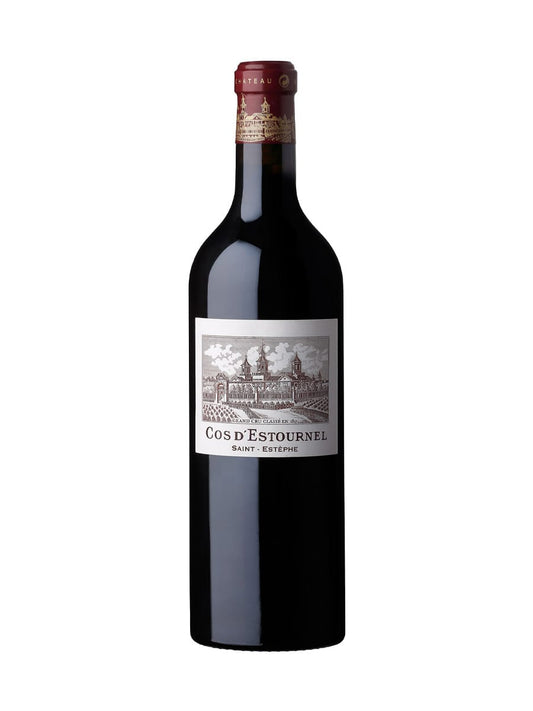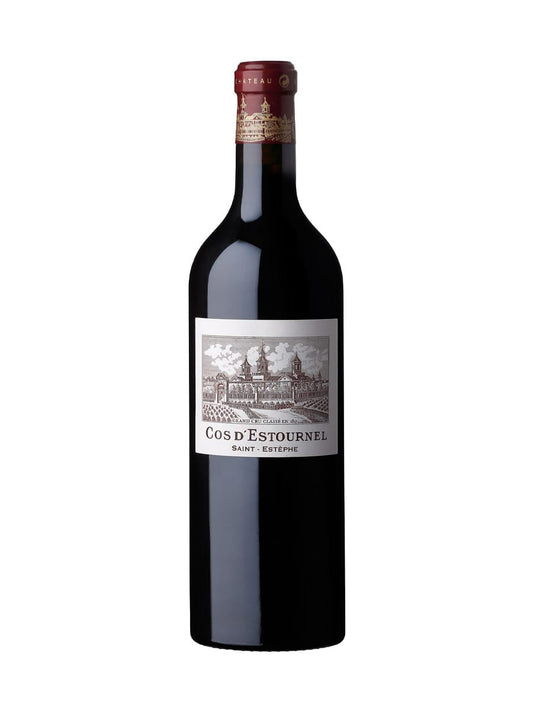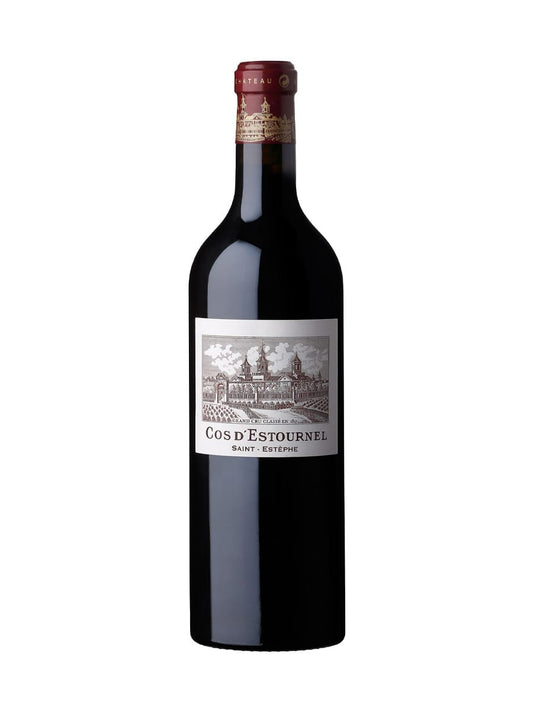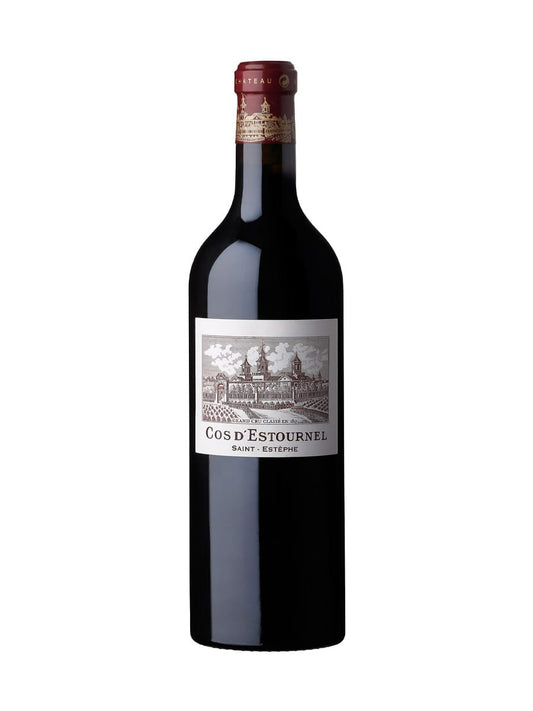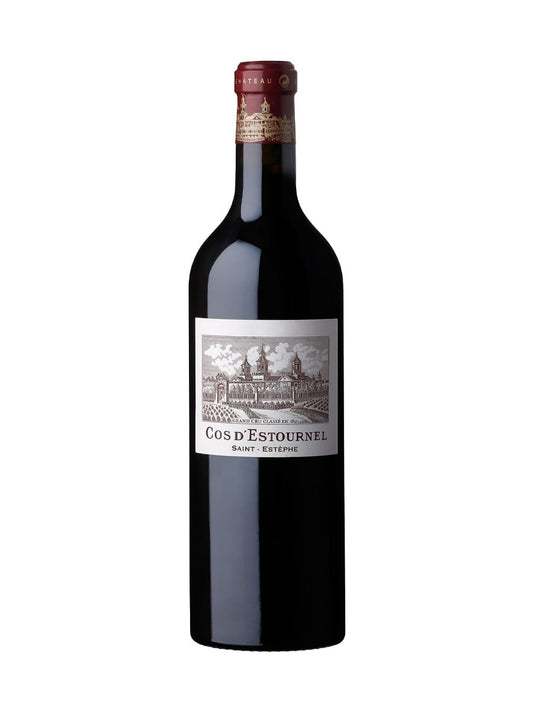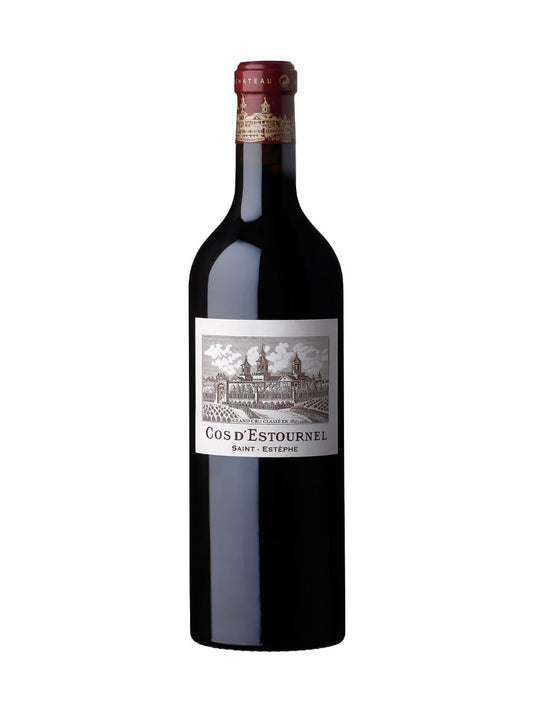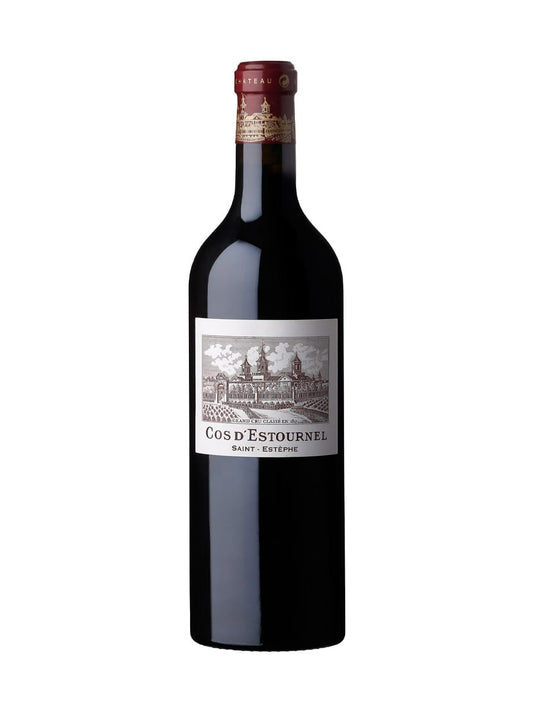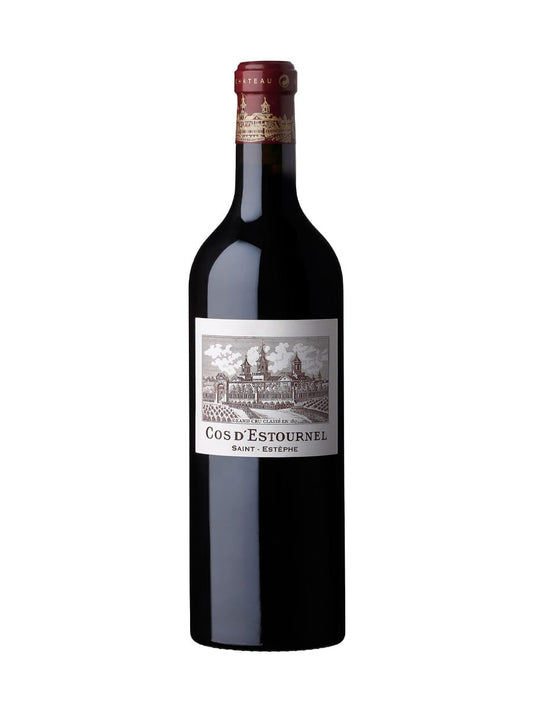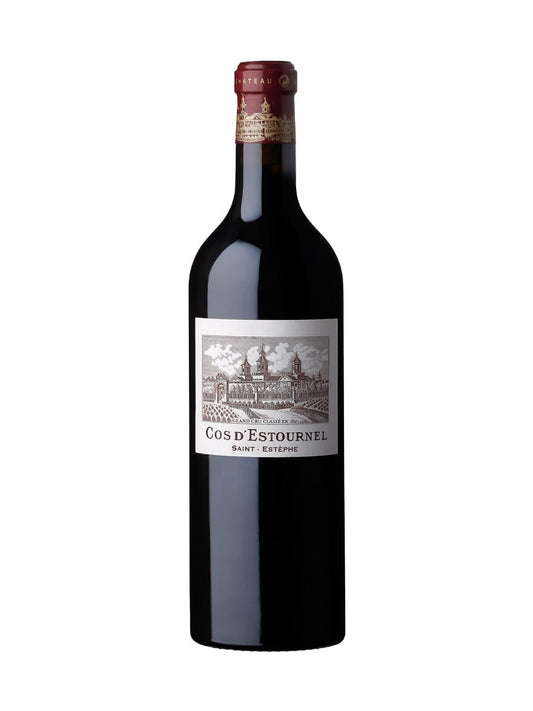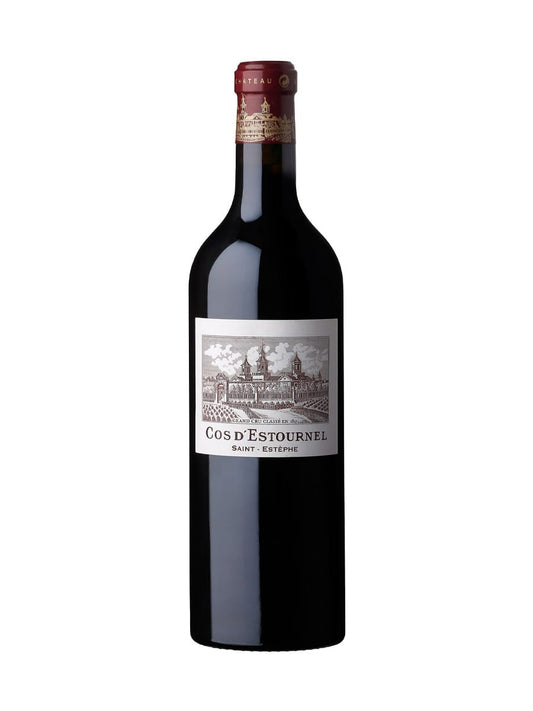CHATEAU COS D'ESTOURNEL
The history of Cos d’Estournel which is located in Saint-Estèphe, started in 1811 when Louis Gaspard d’Estournel bought vines, in addition to the others he already inherited. In 1855, Cos d’Estournel was classified as Second Grand Cru. In 2000, Michel Reybier became the owner of the château. He refurbished the pagodas, the owner’s house, and built a worldwide unique wine cellar. Plus d'information
Découvrez nos millésimes CHATEAU COS D'ESTOURNEL
Château Cos d'Estournel, where Orient meets Occident
Everyone remembers a visit to Cos. The precision, complexity and grandeur of the Château's architecture are matched only by its wines.
The history of Château Cos d'Estournel, the legacy of a visionary
Bourgeois Louis Gaspard D'Estournel inherited plots of vines in...
Découvrez nos millésimes CHATEAU COS D'ESTOURNEL
Château Cos d'Estournel, where Orient meets Occident
Everyone remembers a visit to Cos. The precision, complexity and grandeur of the Château's architecture are matched only by its wines.
The history of Château Cos d'Estournel, the legacy of a visionary
Bourgeois Louis Gaspard D'Estournel inherited plots of vines in Bordeaux in 1811. A visionary traveller, he decided to expand his vineyard from 14 to 45 hectares. Louis Gaspard was greatly influenced by his travels, and was struck by India, that mysterious and exotic country that fascinated the Western elite of the time. He built a Château with a strong Oriental inspiration. This veritable Indian palace in Bordeaux earned Cos d'Estournel the nickname of Maharajah of Saint-Estèphe.
The ambition of the founder, Louis Gaspard D'Estournel, got the better of his finances and he unfortunately had to sell the estate. Although Cos was passed down from family to family, the Château is now one of the most sought-after estates in Bordeaux. It is one of the fifteen estates classified as second great growth in the classification of Bordeaux wines published in 1855.
In the 20th century, the estate was bought by the Ginestet family. In 1998, the Merlaut family acquired Cos. However, two years later, Cos was sold to the successful French entrepreneur Michel Reybier in 2000. For the businessman, the acquisition of Cos d'Estournel was primordial: 'Cos or nothing', as his son described it.
The Art of Living à la Cos d'Estournel
Cos D'Estournel is a dream of the Orient, a spellbinding allure from a faraway land that takes you away from ordinary life and the conventional architecture of France and Bordeaux. The main building has an inimitable, iconic look, which is repeated on the labels of the estate's wines. The architecture at Cos is a subtle blend of innovation and historic grandeur.
A legacy from India, the daydream of the Maharajah of Saint-Estèphe
Cos is a veritable UFO in Bordeaux in terms of architecture and style. Its setting makes a lasting impression with its brilliance and panache. In the middle of the Médoc, surrounded by lush green vineyards, the Château stands out in this picturesque landscape. In the distance, 3 pagoda towers in a cultural style more Chinese than Indian appear on the horizon, as marvellous as a mirage. As you approach, a triumphal arch marks the entrance to the estate for visitors. The sublime gates are a reminder of a bygone era full of splendour, transported from the confines of the earth that once belonged to the Sultan of Zanzibar and dating from the 17th century.
La Chartreuse de Cos d'Estournel, exotic extravagance in a contemporary era
The owner of Château Cos D'Estournel, Michel Reybier, rapidly created a portfolio of exceptional hotels at La Réserve, Geneva, Ramatuelle, Paris and more recently at the Château. It stands out from the other properties by its name, La Chartreuse. This could be a reference to the famous green liqueur, but in the south-west of France the name refers to a country house. La Chartreuse de Cos has 8 completely new bedrooms. The proportions were decided during a long-distance call between Michel Reybier and his architect Garcia. The architect was in India, in Rajasthan, when he came across an 18th-century building in ruins, parts of which were up for sale. He found some magnificent doors, reminiscent of those in the château, and on Michel Reybier's orders bought them all, even though at the time they had no idea how to use them. This is how the architecture of the whole complex was designed and decided upon. The sumptuous doors structure La Chartreuse and further immerse the guest in the Cos d'Estournel atmosphere. La Chartreuse bears witness to the fact that after 200 years of existence and extravagance, the legacy of Cos d'Estournel's founder continues to live on and express itself.
Quality wines that transcend generations
Cos is only as great as its living heritage. The Château's vineyards have flourished for over 200 years in Saint-Estèphe, under the shadow of the Pagodas. Today, the wines are contemporary, with cutting-edge winemaking methods and a range that appeals to a wide range of tastes.
A fascinating terroir
From 45 hectares in Louis Gaspard D'Estournel's day, the Château now boasts around a hundred. In 2001, state-of-the-art mapping revealed 20 different types of nature on the estate. The château is committed to preserving this precious living heritage through a range of actions, all motivated by a pragmatic philosophy of vineyard management: planting hedges, using the best tools for vineyard work, ensuring compliance with good practice, etc.
The vines are planted on a deep gravel plateau with two slopes made up of clay and gravel, one facing south and the other east.
Each parcel of vines has been meticulously studied according to its exposure and geological composition, to provide the best support for the expression of the different grape varieties. A veritable symphony of plots.
The Saint-Estèphe appellation is one of the most northerly in the Médoc, and benefits from a special microclimate. Not far from the Atlantic Ocean and the Gironde estuary, Cos has the advantage of a climate moderated in winter and summer by its two bodies of water. It is also protected by the pine forest from the extreme winds of the ocean. The gentle breezes passing through the maritime pines dry out the vineyard and protect it from a few fungal diseases.
A 2-century-old vineyard
The grape varieties are typical of the appellation. Cabernet Sauvignon reigns supreme on the estate, accounting for two-thirds of the total. Naturally, Merlot complements it, followed by small quantities of Cabernet Franc and Petit Verdot.
Although the average age of the château's vines is 45 years, there are many hundred-year-old vines in the vineyard.These living treasures bring richness, depth and complexity to the blending of great wines.Their production is small compared with that of young vines, and their preservation requires great care.However, their value is inestimable, especially in extreme weather, when their versatility acquired over the years and their highly-developed root systems prove vital. To produce the Grands Vins du Château, the average age of the vines is around 55 years.
The signature of Cos wines is ensured over time by the practice of massal selection, the aim of which is to renew and preserve an estate's winegrowing heritage.The most disease-resistant, expressive and resilient vines are selected in the vineyard so that they can be multiplied to create young vines.
Strastopheric wine styles
Cos d'Estournel wines benefit from the very best winemaking methods.The grape juice and berries are delicately handled to gently extract a pure and delicate expression of the fruit, thanks to the installation of a pharaonic gravity-fed cellar.
The château offers 3 collections of top-quality wines.The Grand Vin, Château Cos d'Estournel, and Pagodes de Cos, the second wine, are available in red and white. These are complemented by G d'Estournel and La Goulée by Cos d'Estournel.
Anecdote
The 1831 vintage is peculiar for Cos. One of the barrels bears the letter 'R' meaning 'Return from India', indicating that the barrel travelled from the Château to India and back. This was a widespread practice for spirits and fortified wines such as Madeire.
To commemorate a hundred-year-old parcel of vines planted by women during the 14-18 war, Chateau Cos d'Estournel decided to offer an iconic and rare cuvée called COS100. This collector's wine is blended from 100% Merlot. It has been hand-bottled from two barrels and only in large formats, 100 double magnums and 10 balthazars. This tribute pays tribute to the courageous work of these women, who ensured the continuity of the vineyard during a difficult period in its history.

